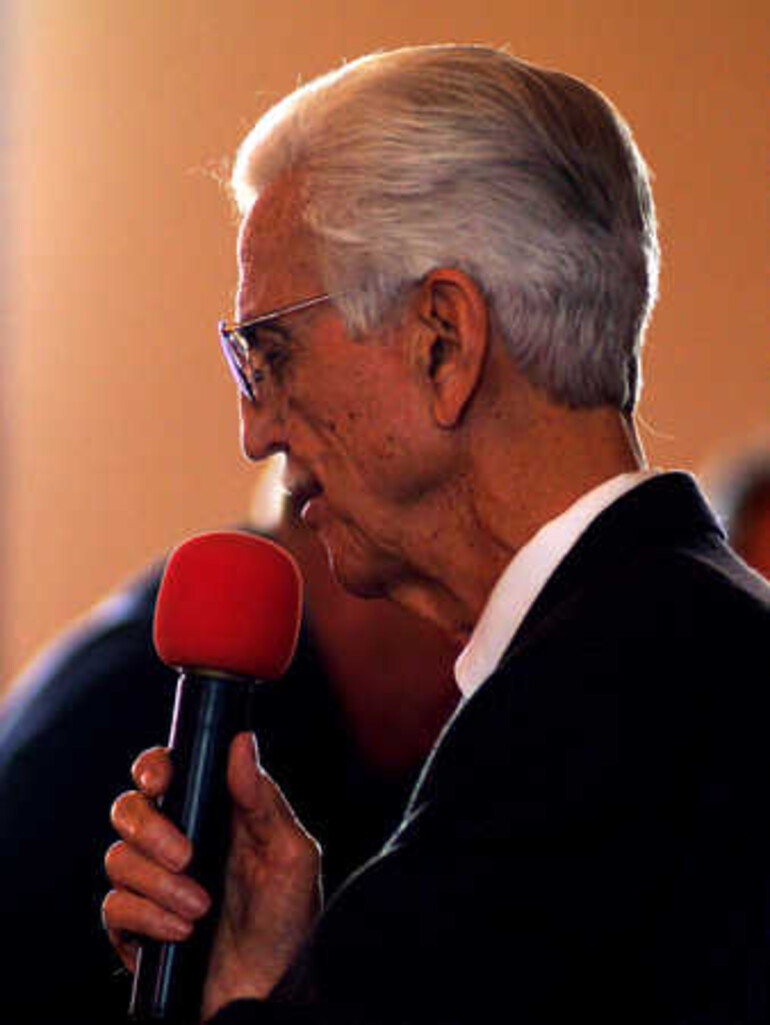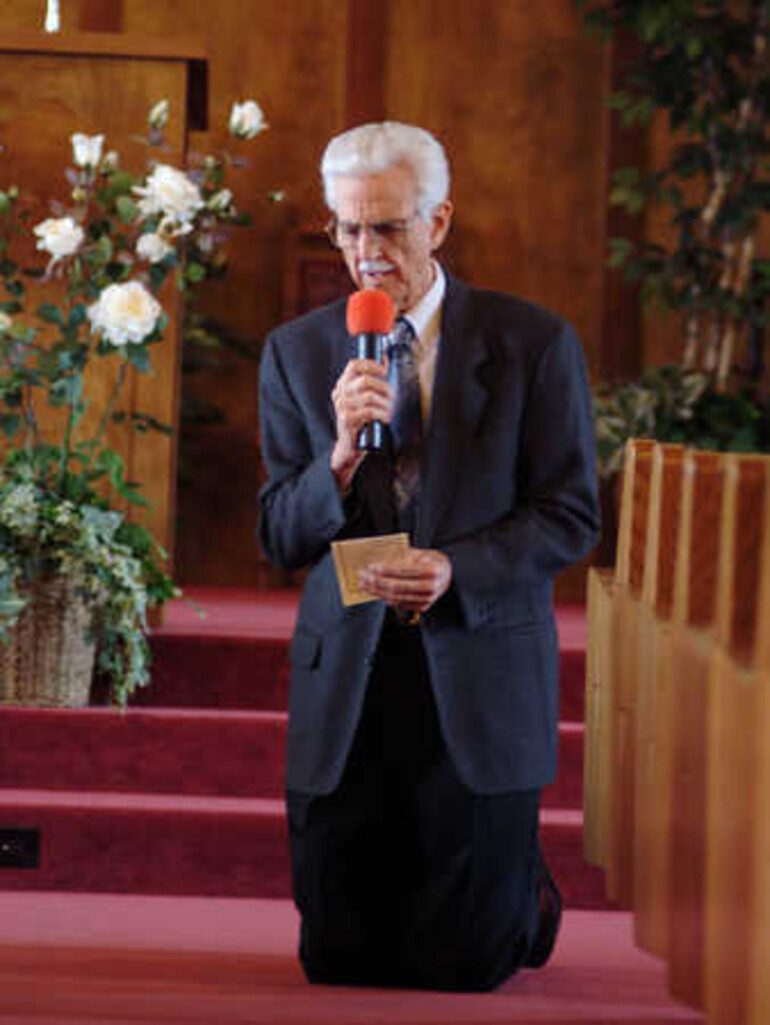She had a hard week. In fact, it had been a hard year. Facing the possibility of divorce, and the reality that their three children would need to attend public school, she prayed, but it seemed as if her prayers were not heard.
One Sabbath morning she went to her home church where supportive members and friends surrounded her. She shared her need for God’s intervention. Within seven weeks, God heard and answered her prayer. She and her husband reconciled and a benefactor offered to pay a year’s tuition for their children.
When I go to church after a tiring week, I am confident that I can share my burdens with those of like mind, knowing that God will act because of our joint prayers. There is a power and advocacy that takes place when members are together in the same place, requesting the same thing. This is why it is imperative that we never leave corporate prayer out of our worship services.
What is your typical response to God during worship? I want to exclaim, "Wow, this is of God" or utter a reverent "Thank You." When God’s people are conscious of His presence and gather with grateful hearts, prayer will be fervent, heartfelt and natural. In a world where many churches are known for their music, preaching or even humanitarian endeavors, it is awfully tempting for us to forget the power of prayer.
Isaiah1 reminds us that our loving heavenly Father desires His house to be called a house of prayer for all people. I feel comforted when ministering leaders pause in prayer to request God’s presence at the beginning of worship and later pray for the felt needs of their congregation.
As we participate in corporate worship, we enter the presence of God. Prayer is our response to that presence. Through Old Testament sanctuary typology and symbols, I learn that prayer is a part of the preparation of entering the "outer court" and that one of the purposes of the "altar" being in the Holy Place underscores that the way for me to approach my Heavenly Father is through prayer.
Let’s remember that there were only three articles of furniture in the Holy Place: the Candlestick, the Table and the Altar, all representing the interrelatedness and indispensability of our Witness, Bible Study and Prayer, respectively. “Much of the public worship of God consists of praise and prayer, and every follower of Christ should engage in this worship.”2
Then, there is a necessity for worship leaders to make the worship deeply spiritual. Worship should enable participants to recognize the presence of God and empower them to respond to His presence and goodness in ways that are contemporary and relevant.
So let your prayer incorporate the principles of the Lord’s Prayer. And if you have to pray on behalf of others, may your prayer come from lips appreciative of God’s blessings. Such prayers would be short, simple, earnest and powerful. Spoken so distinctly that both our Father in heaven is glorified and each listening believer on earth can unite with the petitioner and say: Amen.3 So let it be!
1. Isaiah 56:7.
2. Ellen G. White, "Congregational Participation," Pastoral Ministry, 177.
3. White, a paraphrase from "The Importance of Voice Culture," Testimonies for the Church, Vol. 6, 383.











